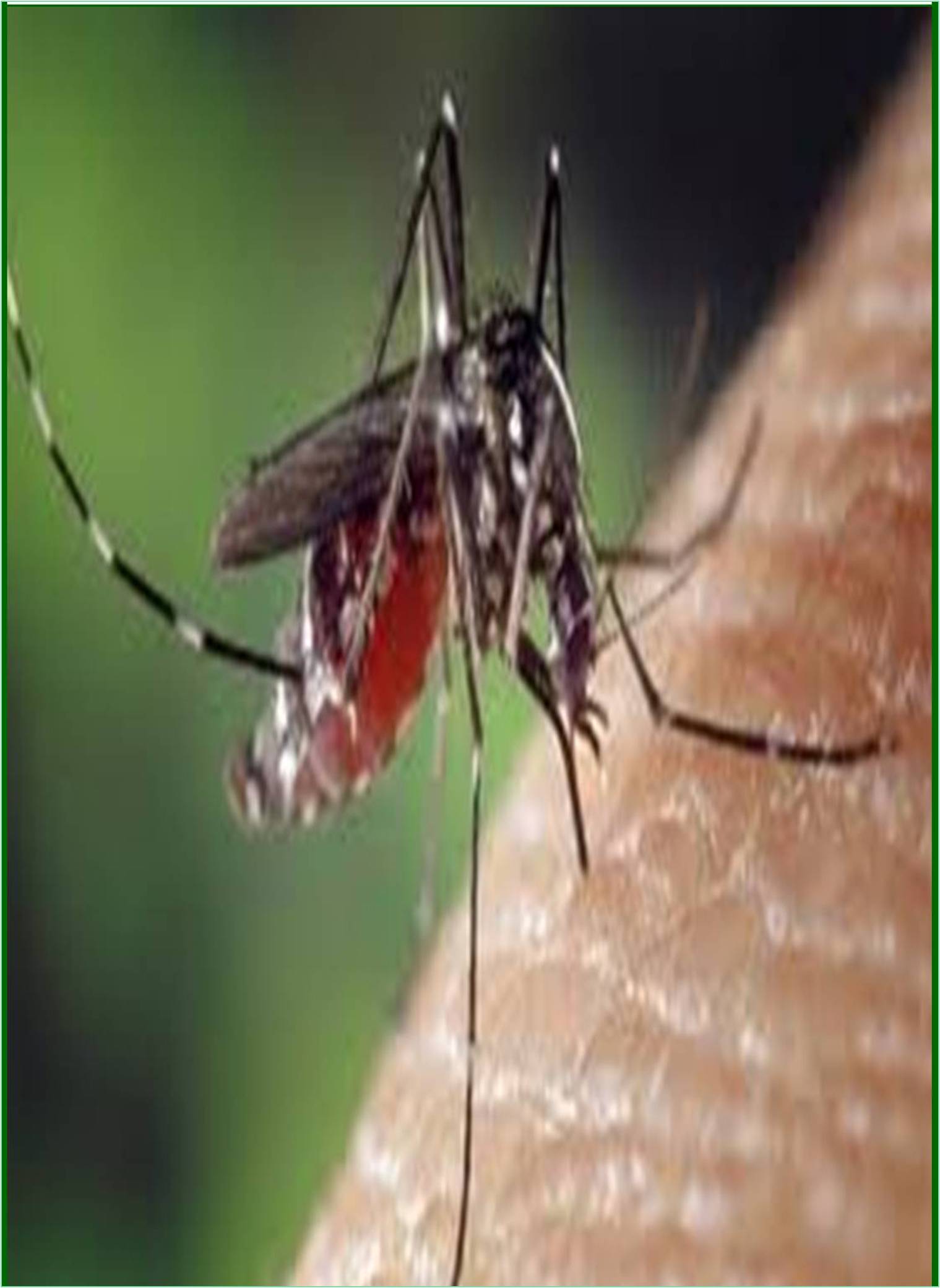



Received: 28-Nov-2022 Editor assigned: 30-Nov-2022 Reviewed: 14-Dec-2022 Revised: 21-Dec-2022 Published: 28-Dec-2022, DOI: 10.15651/JFTD.22.3.16
Bio surfactants are biologically derived surface-active agents that have significant applications in various industries, including healthcare. These compounds have shown great potential in the management of tropical and life-threatening diseases, such as malaria, dengue fever, and Ebola. Bio surfactants are produced by microorganisms, including bacteria, fungi, and yeasts, and are a promising alternative to conventional chemical surfactants due to their eco-friendly nature and biodegradability. (Grunsfeld et al., 2006). Bio surfactants are produced by a wide range of microorganisms, including bacteria, fungi, and yeasts, and are primarily used to reduce surface tension, enhance emulsification, and promote biodegradation. Due to their unique physicochemical properties, bio surfactants have a wide range of applications, including bioremediation, food processing, and pharmaceuticals. In this commentary, we will discuss the application of bio surfactants for the management of tropical and life-threatening diseases. (Kile et al., 2006).
Malaria is a parasitic disease caused by the Plasmodium parasite and is transmitted through the bite of infected mosquitoes. The disease is prevalent in tropical and subtropical regions, affecting millions of people worldwide. Bio surfactants have been shown to have antimalaria properties due to their ability to disrupt the lipid membranes of the Plasmodium parasite. Several bio surfactants, including sophorolipids, rhamnolipids, and surfactin, have been found to inhibit the growth and development of the parasite. In a study conducted and it was found that sophorolipids produced by Candida bombicola had anti-malaria activity against the Plasmodium falciparum parasite. The biosurfactant was able to inhibit the growth of the parasite at concentrations as low as 1 μM. These findings suggest that biosurfactants could be a potential alternative to conventional anti-malaria drugs (Marin et al., 2005).
Dengue fever is a viral disease transmitted by mosquitoes and is endemic in tropical and subtropical regions. The disease can lead to severe complications, such as dengue hemorrhagic fever and dengue shock syndrome, which can be life-threatening. Biosurfactants have shown promise in the management of dengue fever by inhibiting the replication of the dengue virus. The study found that sophorolipids produced by Candida bombicola had antiviral activity against the dengue virus. The biosurfactant was able to inhibit the replication of the virus by disrupting the lipid membranes of the viral particles. These findings suggest that biosurfactants could be a potential alternative to conventional antidengue drugs (Starkstein et al., 2008).
Ebola is a viral disease that can cause severe hemorrhagic fever and is highly contagious. The disease is endemic in Africa and can be life-threatening. Biosurfactants have been shown to have anti-Ebola properties due to their ability to disrupt the lipid membranes of the Ebola virus. The study was found that rhamnolipids produced by Pseudomonas aeruginosa had anti-Ebola activity. The biosurfactant was able to inhibit the entry of the virus into host cells by disrupting the viral envelope (Vijayaraghavan et al., 2002).
These findings suggest that biosurfactants could be a potential alternative to conventional anti-Ebola drugs. Biosurfactants have also been found to have antimicrobial properties and can be used to manage bacterial and fungal infections. The study found that rhamnolipids produced by Pseudomonas aeruginosa had antibacterial activity against Staphylococcus aureus and Escherichia coli. The biosurfactant was able to disrupt the bacterial cell membranes and inhibit the growth of the bacteria. Similarly, the study found that sophorolipids produced by Candida bombicola had antifungal activity against Candida albicans.
Grunsfeld AA, Login IS (2006). Abulia following penetrating brain injury during endoscopic sinus surgery with disruption of the anterior cingulate circuit: case report. BMC Neurol. 6(1):1-4. [Crossref] [Google Scholar] [PubMed]
Kile SJ, Camilleri CC, Latchaw RE, Tharp BR (2006). Bithalamic lesions of butane encephalopathy. Pediatr Neurol. 35(6):439-441. [Crossref] [Google Scholar] [PubMed]
Marin RS, Wilkosz PA (2005). Disorders of diminished motivation. J Head Trauma Rehabil. 20(4):377-388. [Crossref] [Google Scholar] [PubMed]
Starkstein SE, Leentjens AF (2008). The nosological position of apathy in clinical practice. J Neurol Neurosurg Psychiatry. 79(10):1088-1092. [Crossref] [Google Scholar] [PubMed]
Vijayaraghavan L, Krishnamoorthy ES, Brown RG, Trimble MR (2002). Abulia: A delphi survey of British neurologists and psychiatrists. Mov Disord. 17(5):1052-1057. [Crossref] [Google Scholar] [PubMed]